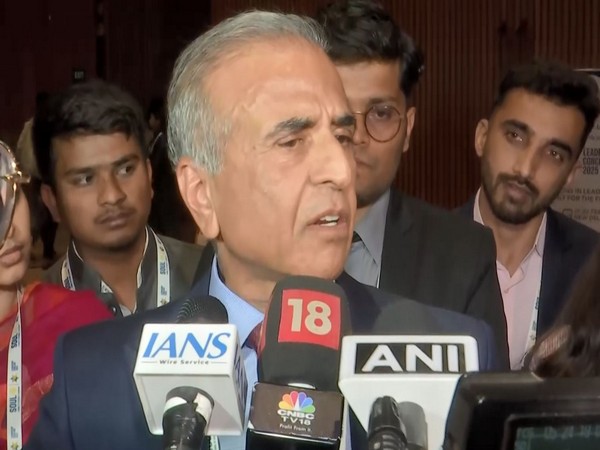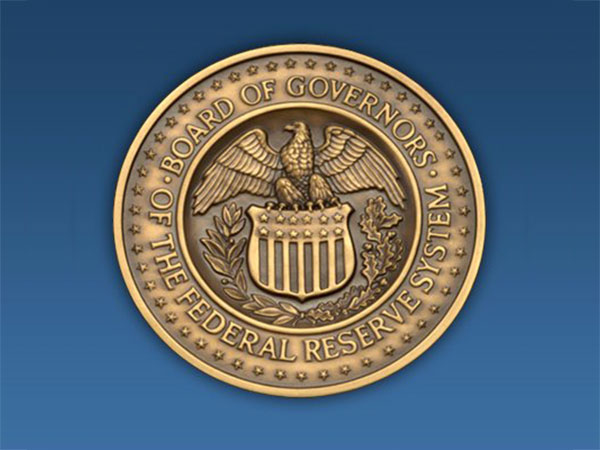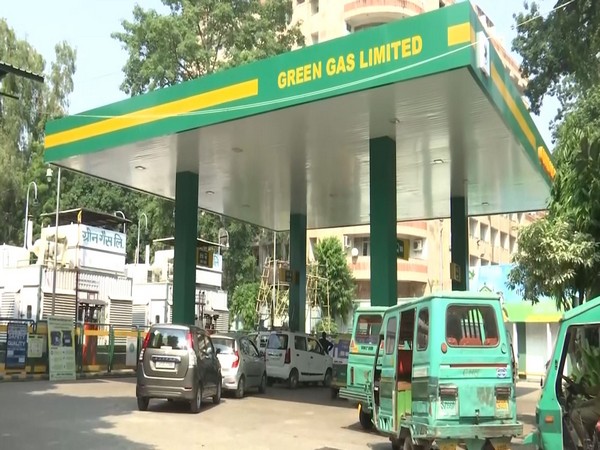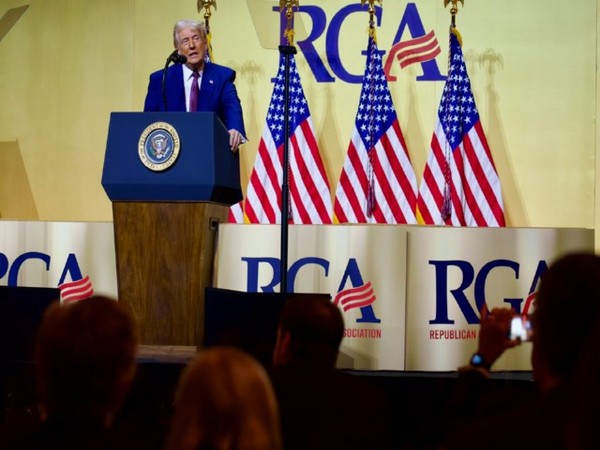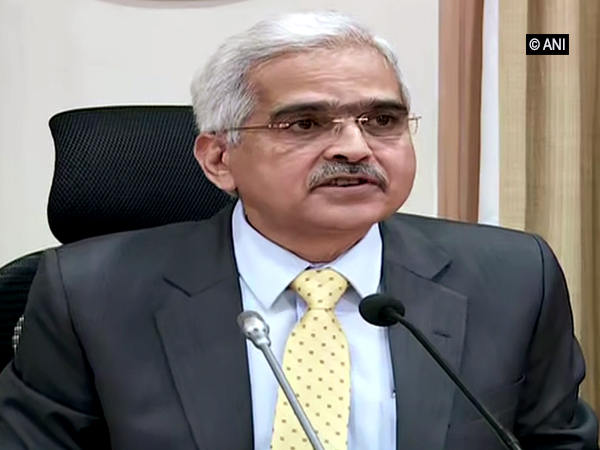
New Delhi [India], July 9 (ANI): Inflation, which has been above the central bank’s tolerance limit since the beginning of 2022, is likely to ease gradually in the second half of the current financial year, Reserve Bank of India (RBI) Governor Shaktikanta Das said on Saturday. “Overall, at this point of time, with the supply outlook appearing favourable and several high frequency indicators pointing to resilience of the recovery in the first quarter (April-June) of 2022-23, our current assessment is that inflation may ease gradually in the second half of 2022-23, precluding the chances of a hard landing in India,” Das said.
Addressing Kautilya Economic Conclave, organised by the Institute of Economic Growth in New Delhi, RBI Governor said price stability is key to maintaining macroeconomic and financial stability. “Inflation is a measure of the trust and confidence that the public repose in the economic institutions of a country. While factors beyond our control may affect inflation in the short run, its trajectory over the medium-term is determined by monetary policy. Therefore, monetary policy must take timely actions to anchor inflation and inflation expectations so as to place the economy on a strong and sustainable growth pedestal,” he said.
“We will continue to calibrate our policies with the overarching goal of preserving and fostering macroeconomic stability. In this endeavour, we will remain flexible in our approach while being cogent and transparent in our communication. If history is any guide, I am optimistic that our actions will usher in a new era of prosperity in the years ahead,” Das said.
The RBI Governor noted that the global economy is going through an extremely uncertain period amidst the simultaneous interplay of various headwinds – a lingering war and enduring COVID– the sharp rise in energy and other commodity prices, strains in global supply chains and worsening food security.”
“In several economies, inflation is ruling at levels not seen by the recent generations. Parallels are being drawn with the inflation era of the 1970s. Inflation is running well above targets for a prolonged period and threatening to unhinge inflation expectations. Central banks have begun delivering bigger and quicker policy rate hikes to restore price stability, even as the global economy is struggling to recover fully from the scars inflicted by the COVID-19 pandemic,” he said.
The sharply tightening financial conditions due to the ongoing monetary policy normalisation on the one hand and the persisting geopolitical tensions on the other pose significant downside risks to near-term global economic prospects. They are also sparking stagflation concerns worldwide, with even talk of recession in some parts of the world, he added.
Highlighting the conduct of the monetary policy in managing inflation, Das said, “In early 2022, inflation was expected to moderate significantly to the target rate of 4 per cent by Q3:2022-23, with a projected average inflation rate of 4.5 per cent for 2022-23.”
This assessment was based on an anticipated normalisation of supply chains, the gradual ebbing of COVID-19 infections and a normal monsoon. The median inflation projection from the Survey of Professional Forecasters at 5.0 per cent for 2022-23 was also quite benign. This narrative was, however, completely overtaken by the war in Europe since end-February, which led to a sharp spike in global crude oil and other commodity prices, the RBI Governor said.
Global food prices reached a historical high in March and their effects were felt in edible oil, feed cost and domestic wheat prices. The loss of Rabi wheat production due to an unprecedented heat wave put further pressure on wheat prices. Cost-push pressures were also aggravated by supply chain and logistics bottlenecks due to the war and sanctions, he added. (ANI)
